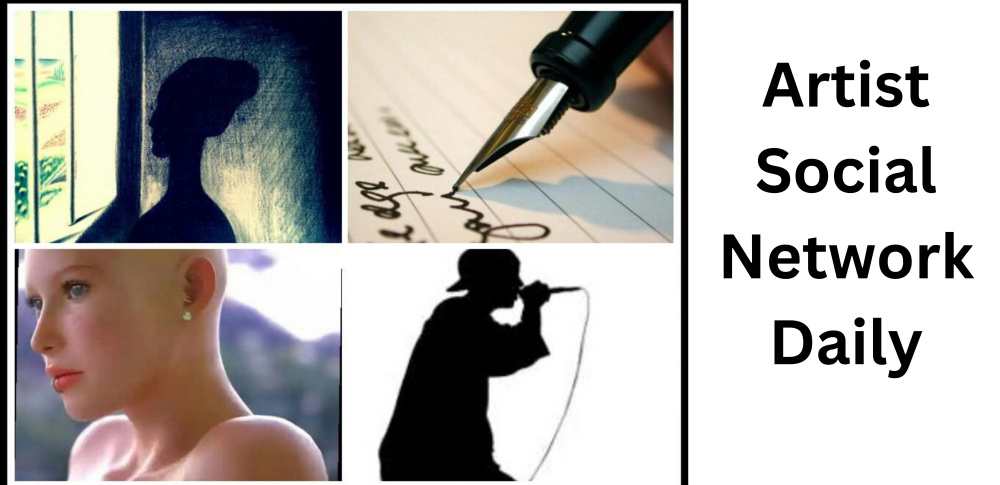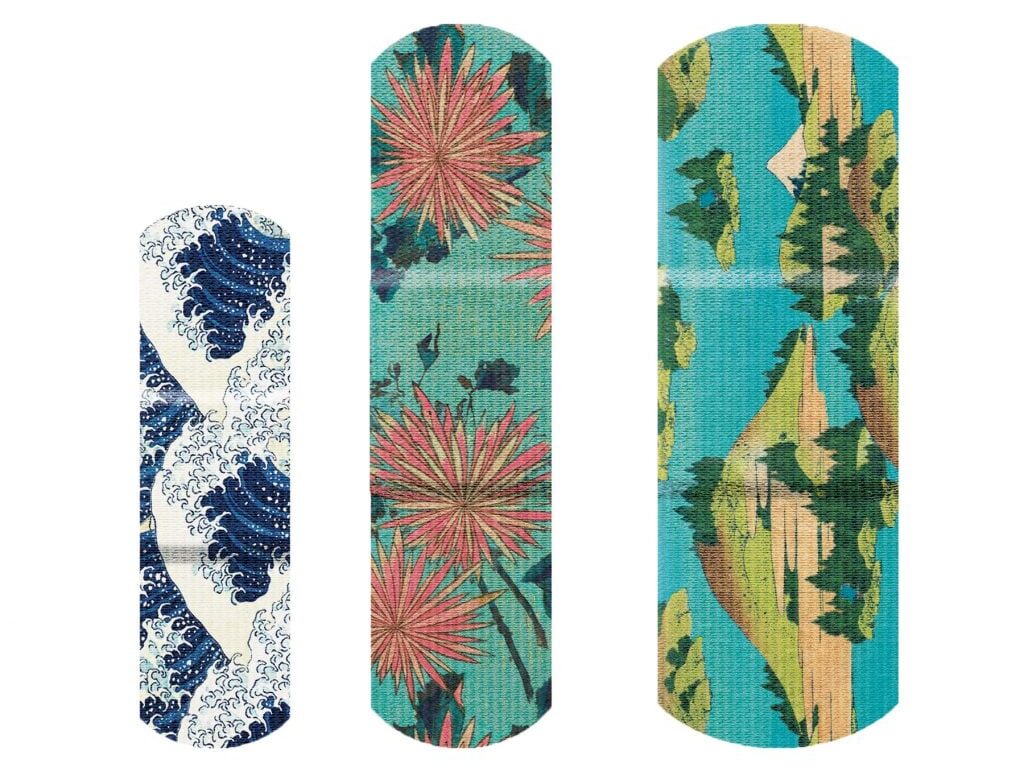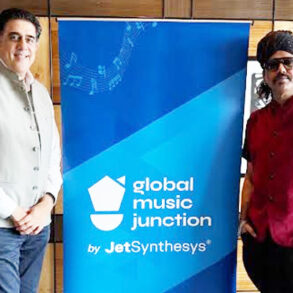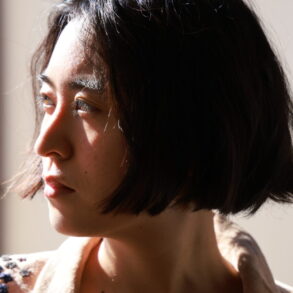Katsushika Hokusai’s Japanese woodblock print known as The Great Wave is one of the most famous and widely reproduced images in the world. The iconic blue surging waves, with frothy white caps, appear on everything including mugs, notebooks, scarves, and umbrellas. It even appears on the emoji keyboard.
Now it’s going to appear on another new but unlikely product: bandages. It’s all thanks to a new collaboration between the esteemed 155-year old Metropolitan Museum of Art and the Band-Aid brand, known for it’s ubiquitous blue and red first aid boxes used to treat cuts and scrapes.
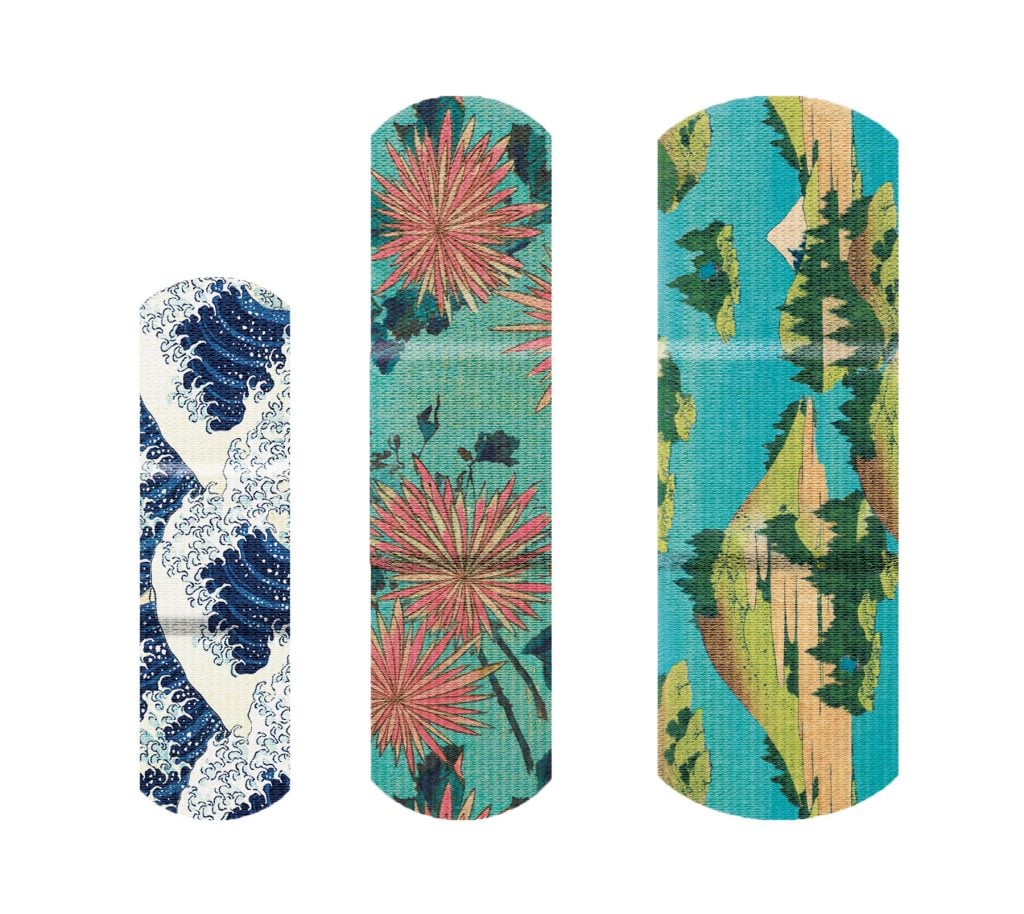
The Met x Band-Aid bandages featuring prints by Hokusai. Photo: Kenvue Brands LLC.
We’ve seen our fair share of odd or unlikely collaborations over the years, going all the way back to Andy Warhol, whose rise to fame was fueled in part by painting Campbell’s soup cans and his own version of Brillo brand boxes. More recently, the Van Gogh Museum in Amsterdam teamed up with Pokemon for a wildly popular collaboration that maxed out the institution’s visitor capacity.
So, how did such a surprising team-up come about? According to Steven Maseda, head of wound care at Kenvue (which was spun off from Johnson and Johnson in 2023), the collaboration emerged from “a shared vision.”
“The idea was to take something as everyday as first aid and elevate it by featuring iconic artworks, bringing a touch of beauty to life’s small moments,” he told me over email. “Both teams saw the opportunity to connect people with art in a fresh, unexpected way, making the collaboration a perfect fit.”
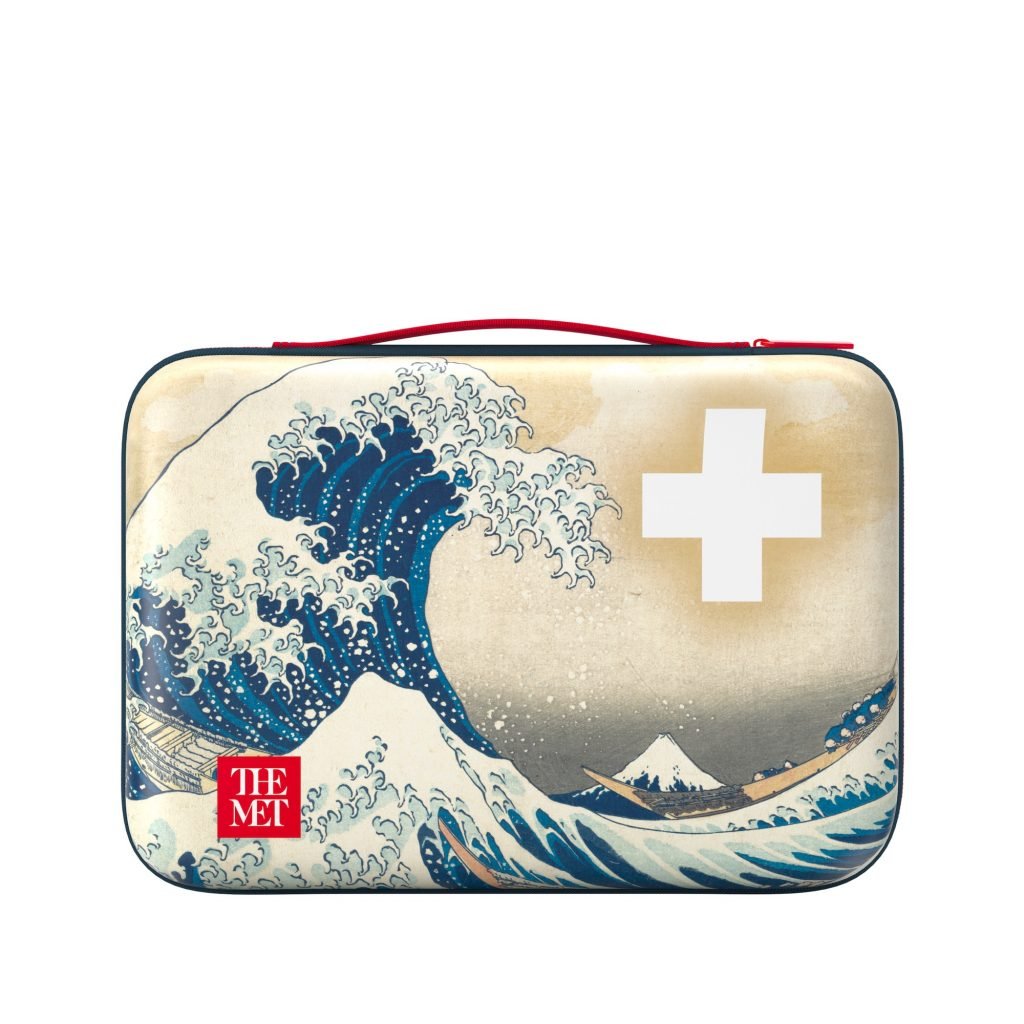
The Met x Band-Aid metal tin featuring Hokusai’s The Great Wave. Photo: Kenvue Brands LLC.
So far, works by two artists have been released on Band-Aids: that of 18th-century Japanese artist Katsushika Hokusai (1760–1849) and 19th-century British artist William Morris (1834–1896). A metal bandage tin printed with a Hokusai design is also hitting the pharmacy shelves.
“Both artists are celebrated for their distinctive use of the woodblock printing technique to create timeless art that celebrates nature,” said Maseda. “With so much incredible art available at The Met—over 1.5 million works spanning 5,000 years—we collaborated very closely with their team to handpick memorable designs that would truly spark interest and joy.”
The “Designs by Hokusai” metal tin includes bandages adorned with details from The Great Wave, The Lake at Hakone in Sagami Province, and Yellow Chrysanthemums on a Blue Ground. For Morris, it will be his famous “Brother Rabbit” design, which the artist registered in 1882 and printed between 1917 and 1923. Within, buyers will find bandages in three sizes ready for wounds however small or large.
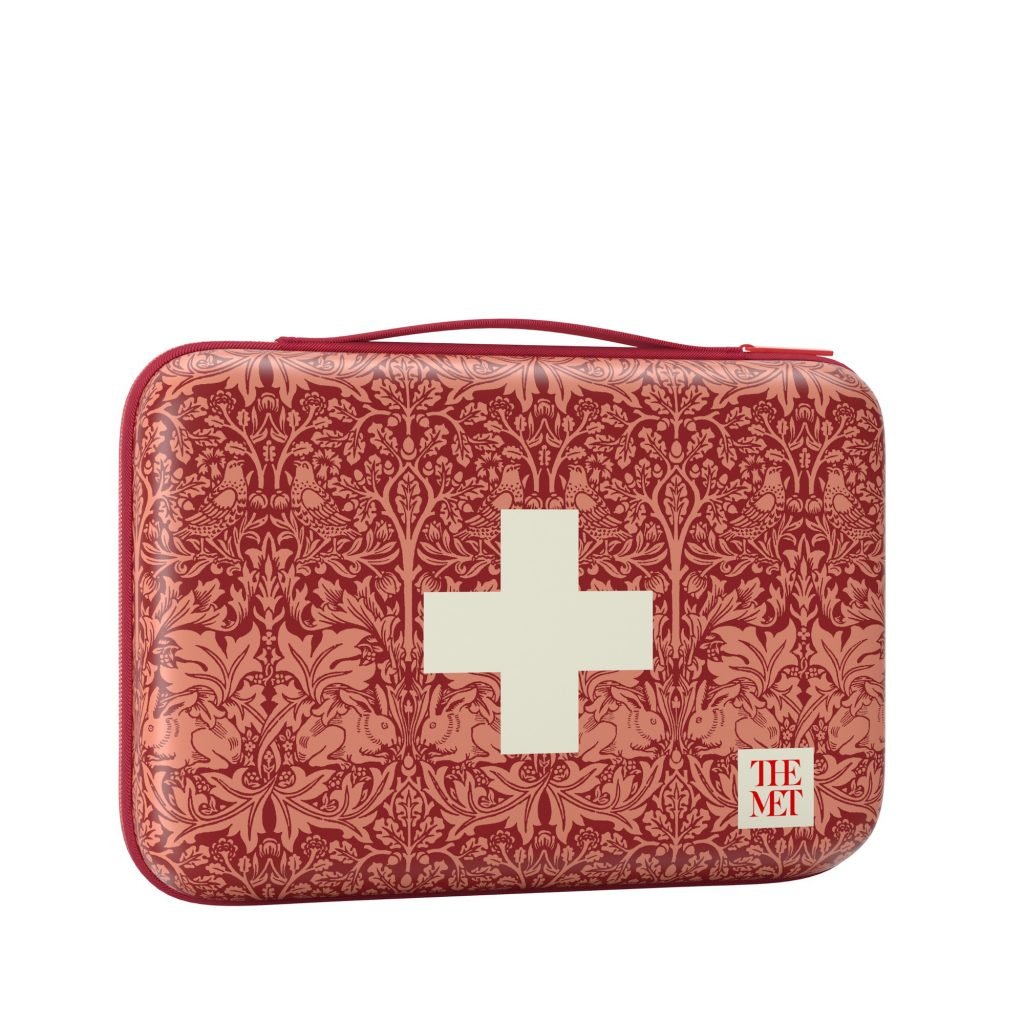
The Met x Band-Aid metal tin featuring a William Morris print. Photo: Kenvue Brands LLC.
We couldn’t help but wonder if there’s a deeper meaning at play here. With this collaboration, is the Met telling us that art can heal all wounds? The answer is… kind of.
Josh Romm, head of global licensing and partnerships at the Met, said the museum “seeks to highlight unexpected connections across time and cultures through innovative brand collaborations.” Its partnership with Band-Aid, he added, reimagines “first aid as a unique form of self-expression.”
Maseda concurs. The collaboration, he said, brings “the Met’s artworks to life in a new way.”
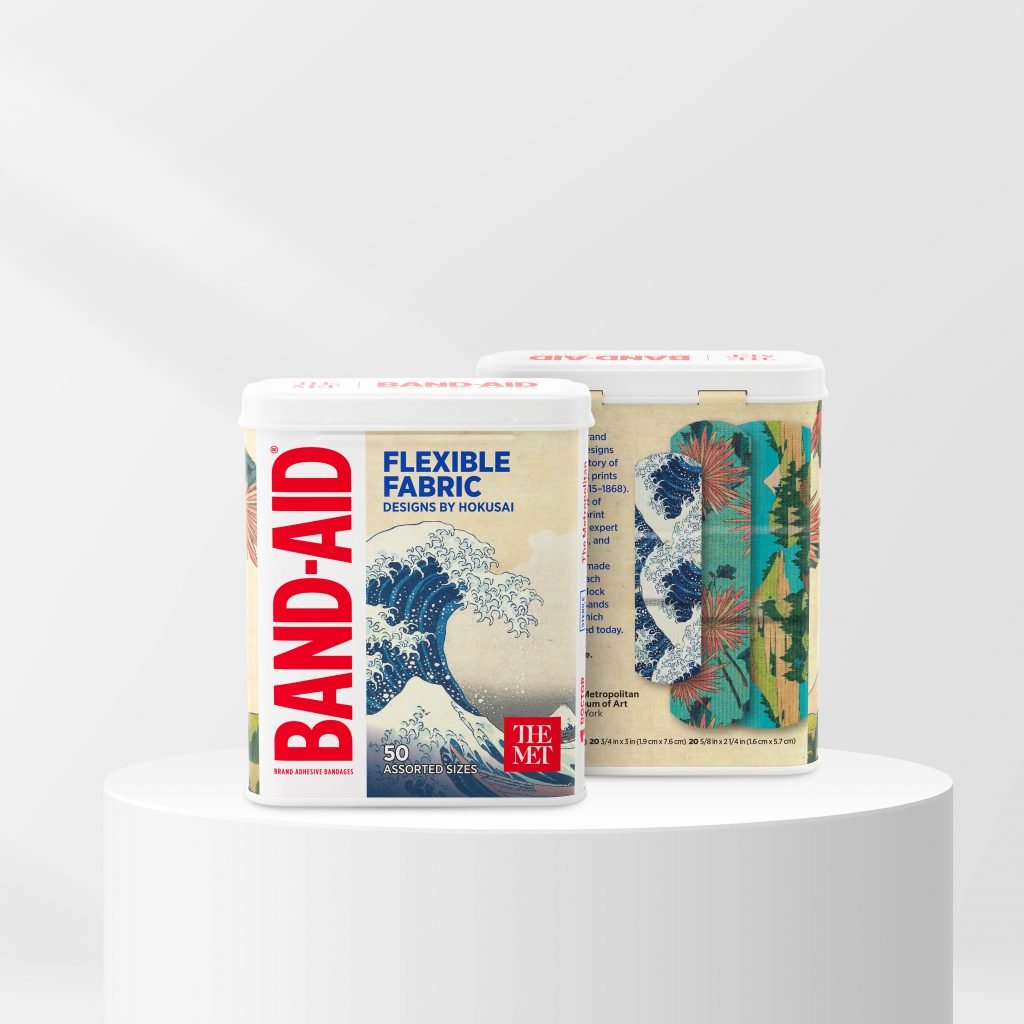
The Met x Band-Aid with designs by Hokusai. Photo: Kenvue Brands LLC.
Plus, there’s future visitorship to think about. Romm added that the collaboration targets fans of the Met and users of Band-Aid in ways that will “increase visibility and engagement with a broader audience, including those who might not typically visit the museum.”
For the rest of us, here’s our opportunity to dress our next cut and scrape with a historic painting. May Hokusai’s great wave wash our pain away. Let the healing begin.
This post was originally published on this site be sure to check out more of their content
